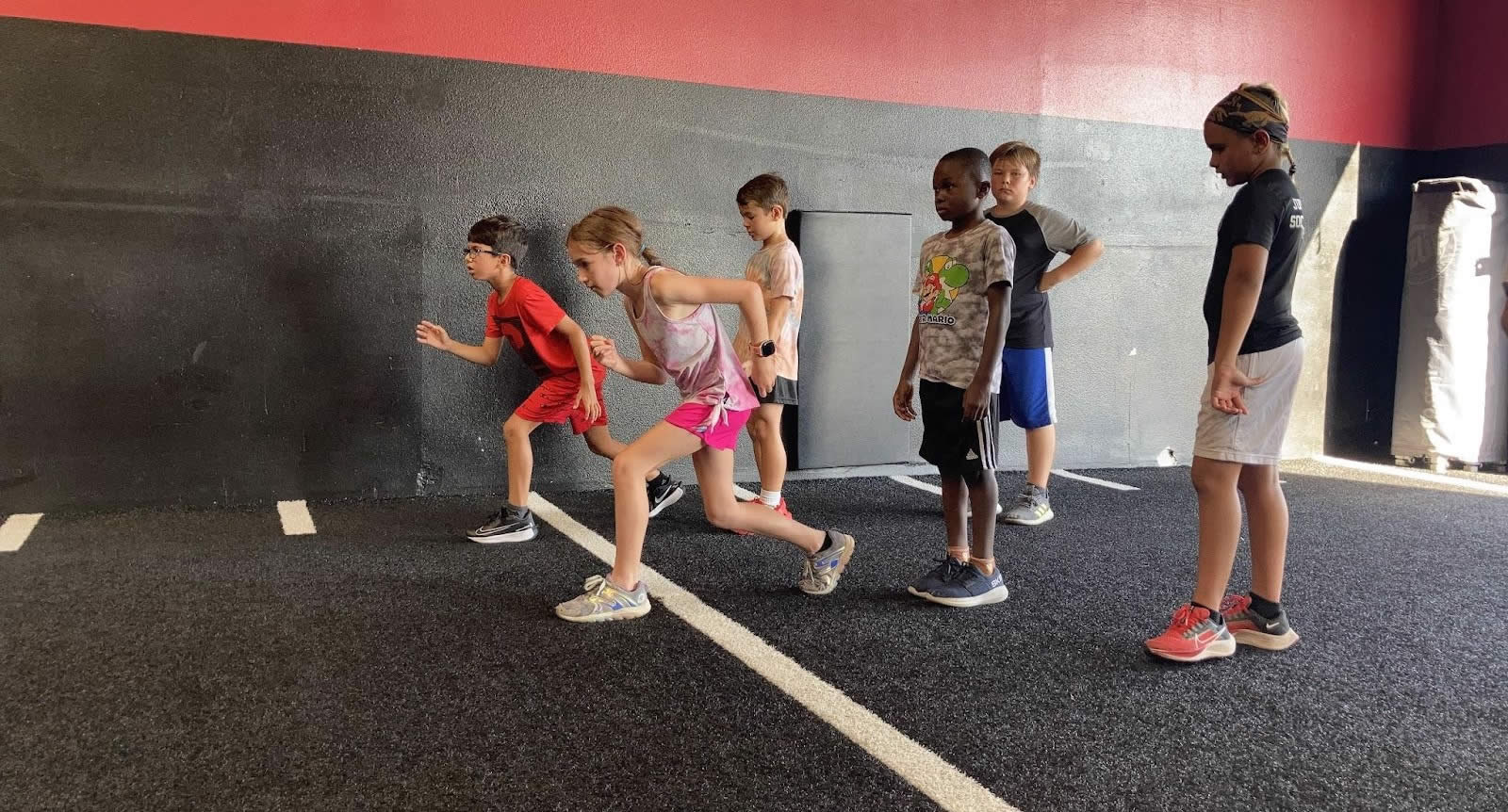
Balance and coordination are fundamental elements of physical movement that play a crucial role in our daily lives. Whether we are walking, running, dancing, or participating in sports, these two skills are essential for executing movements effectively and safely. Achieving optimal balance and coordination not only enhances performance but also minimizes the risk of injury, making them integral to both athletic endeavors and everyday activities.
The Significance of Balance
Balance can be defined as the ability to maintain the body’s center of gravity over its base of support. It is a dynamic state that involves constantly adjusting to various forces and movements, whether stationary or in motion. Balance is typically categorized into two main types: static and dynamic.
Static balance involves maintaining a stable position while not moving, such as standing on one leg or holding a yoga pose. It requires a strong core and lower body strength to stabilize the body in a single position. Dynamic balance, on the other hand, refers to the ability to maintain stability while in motion. This type of balance is crucial for activities like running, jumping, or dancing, where the body constantly shifts its weight and changes direction.
The importance of balance extends beyond athletic performance. It is vital for preventing falls, especially among older adults. As we age, our balance tends to decline, leading to an increased risk of injury from falls. Regular balance training can help strengthen the muscles and improve the neuromuscular connections that facilitate balance, thereby enhancing stability and reducing the likelihood of accidents.
The Role of Coordination
Coordination, closely linked to balance, refers to the ability to use different parts of the body together smoothly and efficiently. It involves the harmonious functioning of the muscular and nervous systems to perform complex movements. Coordination is essential for a variety of activities, from simple tasks like writing or typing to more intricate movements seen in sports such as gymnastics or basketball.
There are several types of coordination, including hand-eye coordination, foot-eye coordination, and overall body coordination. Hand-eye coordination is particularly important for activities that involve catching, throwing, or hitting, as it allows the brain to synchronize visual input with motor responses. Foot-eye coordination is essential in sports like soccer or tennis, where players must track a moving ball while positioning their bodies accordingly.
Improving coordination can lead to enhanced athletic performance, as well as increased efficiency in daily tasks. It can also bolster cognitive function; studies have shown that engaging in coordination exercises can stimulate brain activity, improving focus and mental agility.
Enhancing Balance and Coordination
Improving balance and coordination involves a combination of strength training, flexibility exercises, and specific drills designed to challenge these skills. Balance training can take many forms, including:
- Strength Training: Building strength in the core, legs, and stabilizing muscles is crucial for maintaining balance. Exercises like squats, lunges, and deadlifts can strengthen the muscles necessary for stability.
- Yoga and Pilates: These practices promote flexibility, strength, and balance through controlled movements and poses. They can significantly enhance both static and dynamic balance.
- Balance Exercises: Simple exercises such as standing on one leg, walking heel-to-toe, or using balance boards can improve stability. More advanced activities, like agility drills or sports-specific movements, can enhance dynamic balance.
Coordination can be developed through a variety of activities that challenge the body’s ability to move efficiently. Engaging in sports that require precise movements, such as basketball, soccer, or martial arts, can be beneficial. Furthermore, activities that involve rhythm and timing, like dance or drumming, can enhance coordination by forcing the brain and body to work together seamlessly.
The Benefits of Improved Balance and Coordination
The advantages of enhancing balance and coordination extend beyond athletic performance. Individuals who develop these skills experience increased functional capacity in daily activities, which can lead to greater independence, especially in older adults. Improved balance reduces the risk of falls, while enhanced coordination allows for more efficient movement, making tasks like walking, climbing stairs, or carrying objects easier and safer.
In addition to physical benefits, enhanced balance and coordination can contribute to improved mental health. Engaging in physical activities that challenge these skills releases endorphins, reducing stress and anxiety while promoting overall well-being. Furthermore, the cognitive benefits of coordination exercises can lead to sharper focus and improved decision-making abilities.
Conclusion
Balance and coordination are critical components of physical fitness that affect our ability to perform daily activities and excel in sports. By understanding their importance and incorporating targeted training into our routines, we can enhance these skills, reduce the risk of injury, and improve our overall quality of life. Whether through strength training, yoga, or engaging in sports, fostering balance and coordination is a worthwhile pursuit that can yield long-lasting benefits for individuals of all ages.